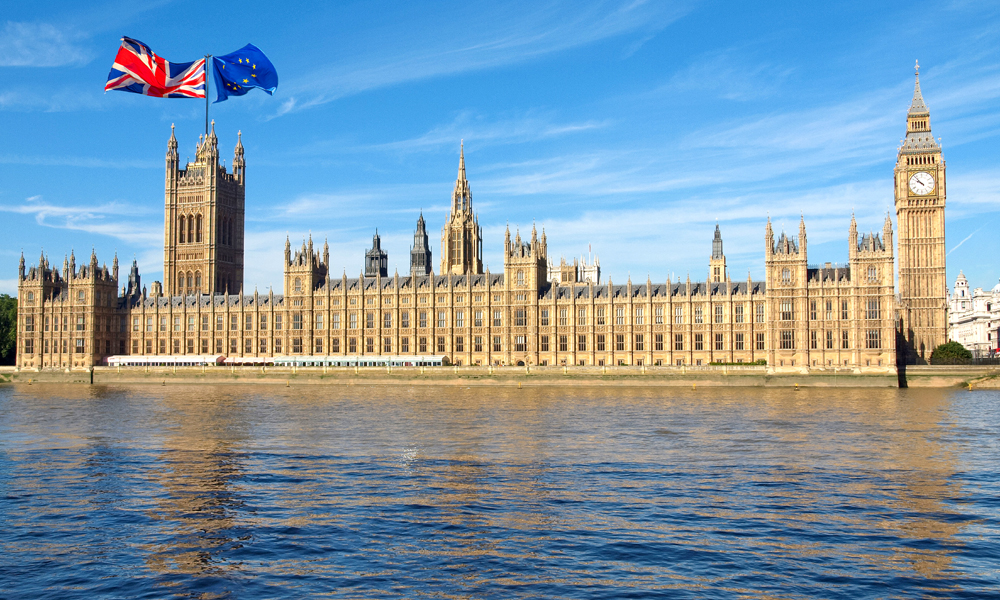On 23 June 2016, the UK voted in a referendum to leave the European Union, commonly known as Brexit. The UK government is now expected to activate the European Union’s Article 50, thereby starting the two year-period in which Britain will negotiate its exit. The UK has embarked on a process to change, but that change is yet to be defined. The leave vote will quickly affect IT spending in the UK and in Europe while other changes will take longer.
Impact for European Union CIOs
Staff may be the largest immediate issue. There is likely to be no short-term change to free movement of staff between the European Union and the UK, but restrictions and border controls will likely be reintroduced at the point of final UK exit from the European Union, if not before. Staff working away from their home country may react impulsively to Brexit. The long-term uncertainty in work status will make the UK less attractive to new foreign workers.
Businesses will want to reassess where they are physically located, where they need to be in future and where they buy from, to maximise their market potential and minimise cost. Many businesses will trigger strategic reviews of how they operate and buy services.
Gartner expects the pound to remain low for much longer, making dollar-denominated IT products and services in the UK more expensive as vendors raise prices to cover costs and protect margins. UK vendors may gain a cost advantage and be able to price more competitively.
Impact for technology and service providers
Consumer discretionary IT spending in the UK and most of Western Europe will remain slow until 1H17. Gartner expected UK and European businesses to put discretionary IT spending on hold until the vote. Now many new long-term strategic projects will be put on pause and likely not restarted until 2017.
The current Gartner Worldwide IT Spending forecast assumes that the UK would not exit the European Union. With the UK’s exit, there will likely be an erosion in business confidence and price increases which will impact the UK, Western Europe and worldwide IT spending. Gartner’s latest forecast constant currency growth for 2016 and 2017 UK IT spending is 1.7% and 2.0%, respectively. Brexit will lower the 2016 figure by two to five percentage points. The UK’s 2017 IT spending growth will certainly be negative as well. Similarly, Western Europe’s timid 0.2% growth in 2016 will turn negative. Worldwide IT spending growth, currently forecast at 1.5%, will remain above 1.2%.
Recommendations for European Union CIOs
- Don’t panic. Brexit effects will take a long time to work through.
- Work with the business to create project teams to assess the impact of Brexit and plan for needed changes.
- Review any European government contracts, which often contain specific Brexit clauses.
- Reduce uncertainty in your workforce by communicating proactively about the situation and what your business is doing to protect the rights and benefits of staff.
Recommendations for technology and service providers
- Maintain your current practices and strategies. Strategic planners should work out the implications of Brexit in theory and scenario planning.
- Anticipate customer concerns on issues such as data protection, data location, support and privacy.
- Create an Office of Brexit to watch for impacts of any legislative changes and provide influence where possible.
- Assess the impact of pound and euro currency movements on your product and service costs. Adjust pricing to cover cost, preserve margins and maintain competitive position.
- Identify key staff who may be impacted by long-term changes and work with HR teams to provide support and reassurance.


